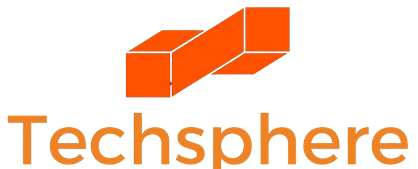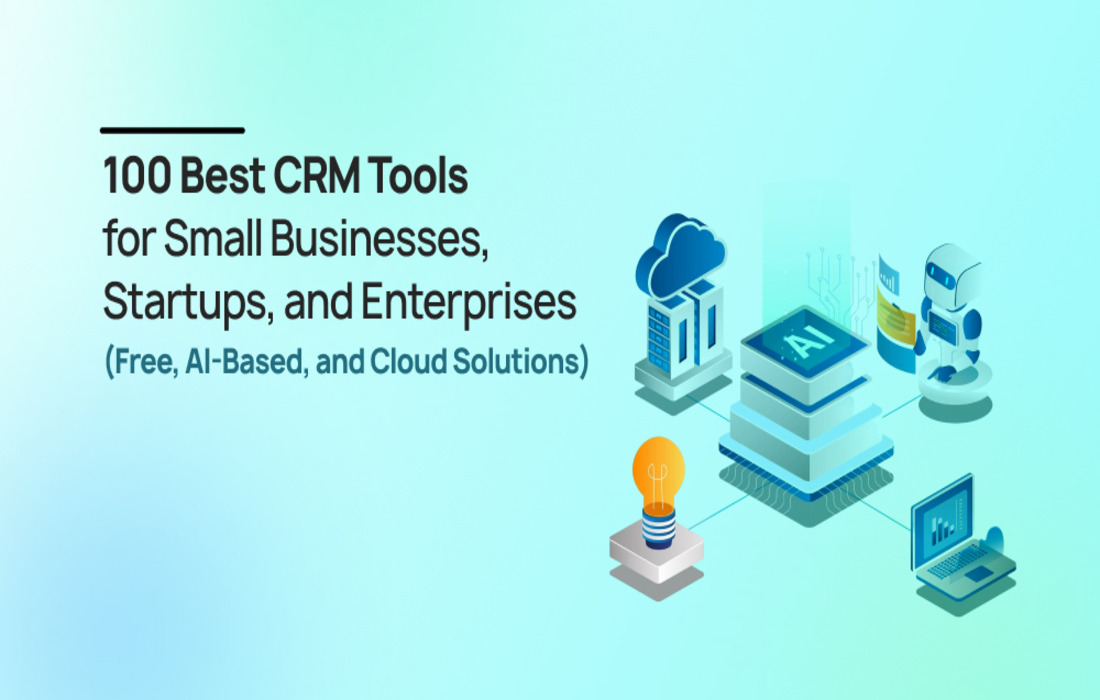In today’s remote-first and fast-paced business landscape, collaboration isn’t just a nice-to-have—it’s a business imperative. Disconnected tools, siloed information, and inefficient workflows can quickly bottleneck growth and productivity. Enter SaaS collaboration tools: flexible, scalable, and designed for modern teams.
In this guide, we’ll explore how to optimize team collaboration using SaaS tools in 2025, including actionable strategies, top tool categories, and best practices to streamline your team’s communication, project management, and productivity.
Why SaaS Tools Are Essential for Team Collaboration
SaaS (Software-as-a-Service) collaboration tools allow teams to work together in real time, from anywhere, using cloud-based platforms. Unlike legacy or on-premise software, SaaS tools are:
- Accessible across devices and locations
- Scalable with usage and team growth
- Cost-effective without heavy IT maintenance
- Integrable with other systems and workflows
According to McKinsey, companies that implement modern collaboration tools see up to 20–30% increases in productivity.
Categories of SaaS Collaboration Tools
Here are the essential types of SaaS tools that enable seamless collaboration:
1. Communication Platforms
- Real-time messaging and video calls
- Examples: Slack, Microsoft Teams, Zoom
2. Project and Task Management Tools
- Assign tasks, set deadlines, and track progress
- Examples: Asana, Trello, ClickUp, Jira
3. Document and File Collaboration
- Real-time co-editing, commenting, version control
- Examples: Google Workspace, Notion, Dropbox Paper
4. Knowledge Sharing and Wikis
- Centralize internal documentation and SOPs
- Examples: Confluence, Slite, Notion
5. Time and Resource Management
- Track work hours, capacity, and resource allocation
- Examples: Toggl, Harvest, Float
How to Optimize Collaboration with SaaS Tools
Step 1: Choose the Right Tool Stack
Evaluate tools based on:
- Team size and structure
- Specific use cases (e.g., dev vs. marketing vs. sales)
- Integration capabilities
- Security and compliance
Tip: Use tools that integrate with your existing CRM, helpdesk, and file storage platforms.
Step 2: Standardize Workflows
- Define naming conventions for projects and tasks
- Use templates for repeatable processes
- Establish communication protocols (e.g., Slack for updates, Zoom for meetings)
Step 3: Automate Routine Work
- Use automation features or third-party connectors (e.g., Zapier, Make)
- Examples:
- Auto-assign tasks when form is filled
- Send Slack notification when task is overdue
- Auto-assign tasks when form is filled
Step 4: Track and Measure Collaboration
- Monitor tool usage and engagement
- Use dashboards and reports to identify bottlenecks
- Collect team feedback regularly
Step 5: Train and Support Your Team
- Provide onboarding materials and videos
- Create a support channel or helpdesk
- Encourage power users to mentor others
Common Challenges (and Fixes)
| Challenge | Solution |
| Tool overload | Consolidate platforms and remove unused tools |
| Low adoption | Invest in training and user onboarding |
| Miscommunication | Set clear rules for async and sync communication |
| Security concerns | Enforce SSO, 2FA, and RBAC policies |
Best Practices for Long-Term Success
✅ Start with a collaboration audit
✅ Choose tools with cross-functional use cases
✅ Use integrations and automations for flow
✅ Balance transparency with privacy controls
✅ Continuously improve based on team input
SEO Meta Details
Focus Keyphrase: optimize team collaboration with SaaS tools
Meta Title: Optimize Team Collaboration with SaaS Tools – Guide for 2025
Meta Description: Discover how to optimize team collaboration with SaaS tools. Learn strategies, best tools, and practices to improve productivity in 2025.
Conclusion: Empower Your Team with Smarter Collaboration
Optimizing team collaboration with SaaS tools isn’t about using the flashiest app—it’s about choosing the right combination of platforms that support how your team works best. With the right stack and strategy, you’ll enhance productivity, reduce friction, and foster a more connected, aligned, and agile organization.
Want more insights on productivity tools and SaaS solutions? Subscribe to our blog for tutorials, reviews, and collaboration strategies.
When collaboration flows, results grow.





